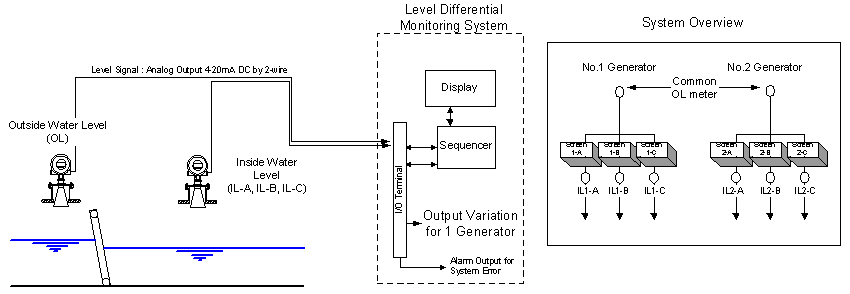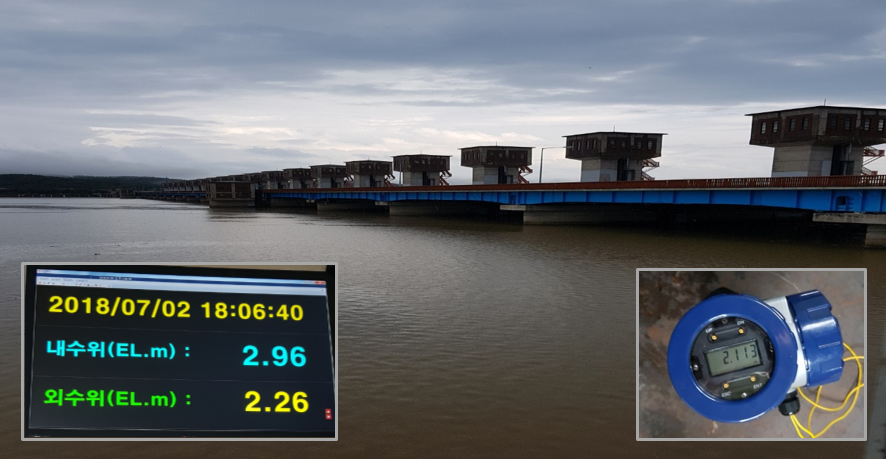Differential water level measurement by radar is a technique used to measure the difference in water levels between two points using radar level gauges. This method is widely used in various applications such as water resource management, flood control, and environmental monitoring.
Working Principle of Differential Water Level Measurement by Radar:
Differential water level measurement by radar works on the principle of radar wave reflection. Radar waves are emitted by a radar level gauges and travel through the air until they reach the water surface. The waves are then reflected back to the level gauges, and the time taken for the waves to travel back is measured. This time difference is used to calculate the distance between the level gauges and the water surface.
To measure the difference in water levels between two points, two radar level gauges are used, one at each point. The level gauges are connected to a data logger, which records the time difference between the waves received by each level gauges. The time difference is then converted into a water level measurement using calibration factors.
Applications of Differential Water Level Measurement by Radar:
Differential water level measurement by radar has several applications, such as:

Front of the inlet gate: The filtering screen in front of the inlet gate may clog with dirt or debris resulting in an outside-inside difference in water level. This reduces the efficiency of downstream processes and can damage equipment such as pumps.
The degree of contamination is determined through the use of radar level gauges, which measure the difference in water level between the front and back of the screen, and prompt the cleaning of the screen when necessary.

Estuary Bank: A dam constructed at the confluence of a river and the sea serves two purposes: preventing seawater from flowing upstream during high tide, and regulating the water level of the river for irrigation. At that time, Measure the differential water level through the use of radar level gauges, which measure the difference in water level between the front and back of the water gate.
Advantages of Differential Water Level Measurement by Radar:
Accurate:
Differential water level measurement by radar level gauges provides accurate measurements of water levels.
Real-time Monitoring:
Differential water level measurement by radar provides real-time data, which can be used for immediate action.
Non-contact:
Differential water level measurement by radar is non-contact and does not disturb the natural flow of water.
Long Range:
Radar level gauges can measure water levels over long distances, which makes them ideal for monitoring large bodies of water.
Conclusion
In conclusion, differential water level measurement by radar is a reliable and accurate technique for measuring the difference in water levels between two points. This method is widely used in various applications such as water resource management, flood control, and measure monitoring. The radar level gauges used for differential water level measurement are highly accurate and can be easily installed. The data collected from these level gauges can be used for real-time monitoring and efficient management of water resources.